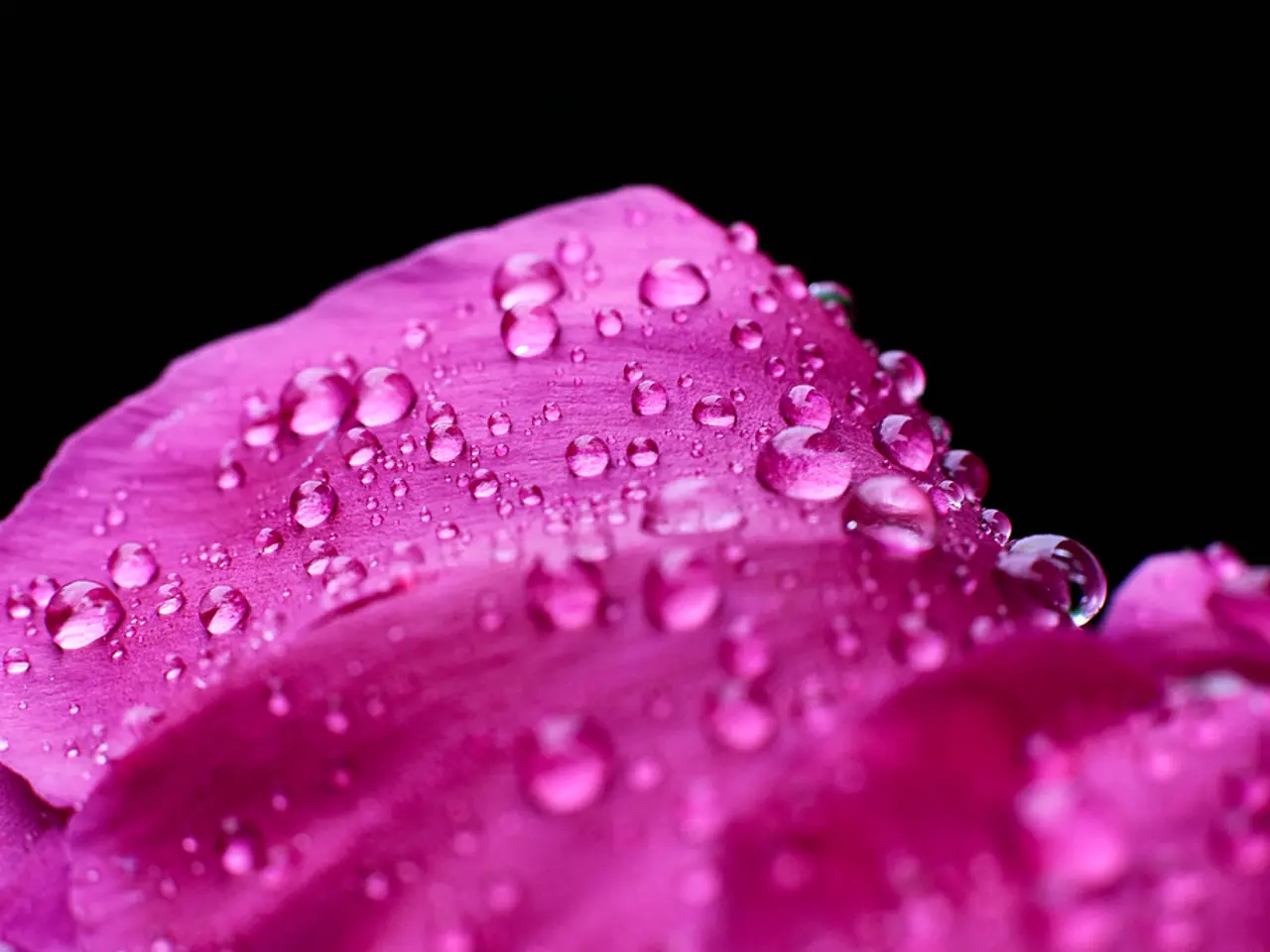Optimal Humidity Levels for Orchids and Strategies to Enhance Moisture
Orchids, with their exotic blooms, are prized houseplants that require specific conditions to thrive. One crucial factor in their growth and blooming is humidity.
Most orchids generally thrive in humidity levels between 40% and 70%, with many sources recommending an optimal range of about 50% to 70%[1][2][3][4]. However, specific humidity needs can vary by orchid type. For example, jewel orchids like Macodes Petola prefer higher humidity of about 60% to 80%[5], while common indoor orchids such as Phalaenopsis (Moth Orchids) do well in the 40–70% range, with 50–70% often cited as ideal to avoid dehydration and stress that cause bud blast or leaf issues[1][2][3][4].
To maintain optimal humidity for your orchids as houseplants, several practical methods are recommended:
- Use a humidifier near your plants to consistently add moisture to the air[1][2][3][5].
- Place a humidity tray (a shallow tray filled with water and pebbles) under or near the orchid pot, ensuring the pot does not sit directly in water to prevent root rot[1][2][3][4].
- Regularly mist the orchid leaves with water to keep the local humidity higher[1][3][5].
- Group orchids together to create a microenvironment with higher humidity due to collective transpiration[2].
- Keep orchids away from heat sources or drafts that can dry out the air, and maintain consistent temperatures favorable for the species[2][5].
Different types of orchids have specialized needs: for instance, Vanda orchids require bright filtered light and daily watering with high humidity, while Miltonia orchids prefer more consistently moist conditions[3][4]. Understanding your orchid species’ needs will guide precise humidity management, but generally keeping ambient humidity around 50–70% with the above techniques works well for most indoor orchids.
It's not impossible to provide orchids with more humid air in the home, even during winter and summer months when heating and air conditioning can cause low humidity. One of the easiest ways to raise humidity levels right around a plant is with a pebble tray. Fill a shallow tray with pebbles or rocks and add water. Set the plants on top of the rocks[6].
Watering orchids correctly is crucial for their well-being. Getting moisture levels wrong is one of the most common orchid care mistakes. A simple tool to help maintain the ideal percentage of humidity for your particular type of orchid is a hygrometer. This device can be found in garden centers and should be kept near your orchids to monitor humidity levels and make adjustments as needed[7].
A lack of blooming is a common issue among new orchid growers, and it can be addressed by ensuring an orchid has all of its ideal conditions met, including humidity. Spraying orchids with water is not the best solution to address their humidity needs, as it only temporarily raises humidity levels and can cause water to collect in the leaves[8].
In summary, aim for about 50–70% humidity for most orchids, increase to 60–80% for jewel orchids, and maintain this range through humidifiers, trays, misting, and grouping plants, avoiding direct contact with stagnant water and considering species-specific watering and light needs for optimal health and bloom success[1][2][3][4][5].
Orchids thrive in a home-and-garden environment, and a crucial factor for their growth and blooming is humidity. To maintain optimal humidity, using a humidifier near your plants, placing a humidity tray under or near the orchid pot, regularly misting the orchid leaves, grouping orchids together, and keeping orchids away from heat sources or drafts can be effective methods.




